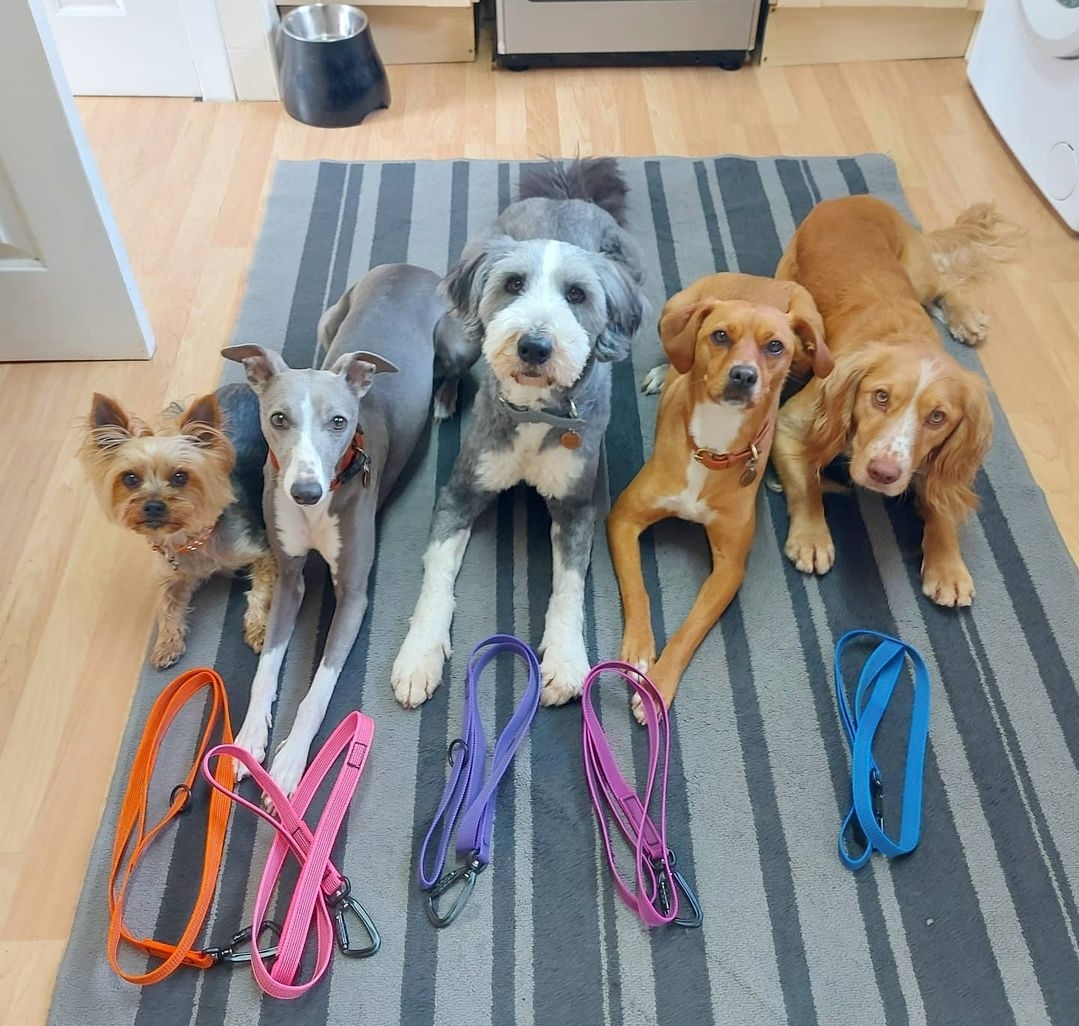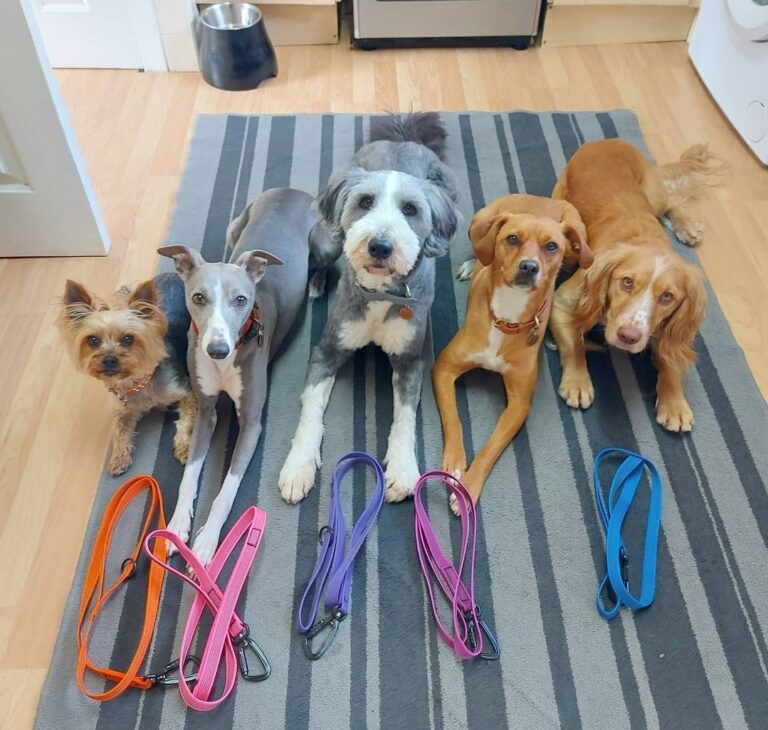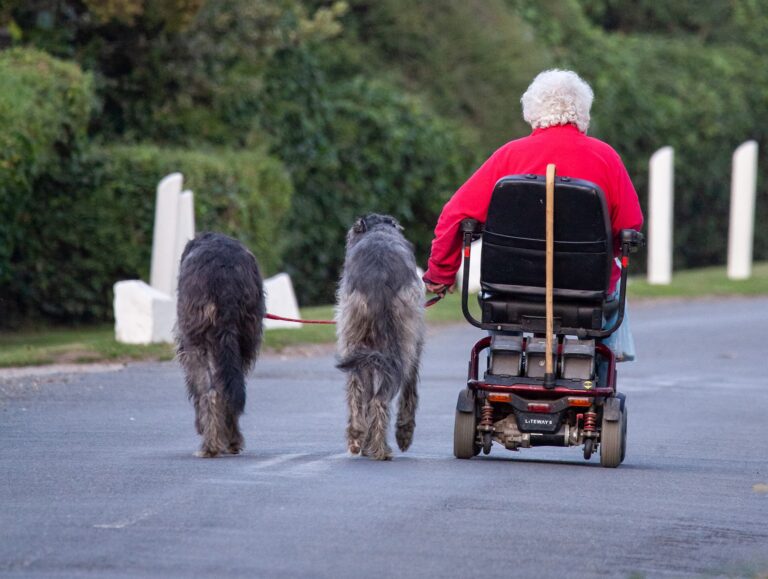
Whilst many behaviour problems (such as barking, separation anxiety and dog reactivity) are not solved simply by getting another dog, dogs are very social animals and there are certainly benefits to both canine and human family members of adding another set of paws to the household. It isn't a decision to take lightly though!

Managing multi-dog households
I’ll preface this blog by sharing that my husband and I currently share our lives with six dogs of different ages, sizes, and backgrounds, and the tips given are based on my personal experience and are things that make our large multi-dog household easier to manage.
Generally speaking, the more dogs you have in your household, the less you can let slide. With just one dog, you may not mind so much if your dog changes sides frequently when walking on lead, it may not be such a big deal if one dog gets a bit hyper in the house occasionally, it’s easy to grab one dog if they dash out the door…. But, add one or more dogs to the situation, and it soon becomes a lot less enjoyable.
If your dogs vary significantly in size or age, they may have different needs and preferences that need to be catered for to ensure their safety and comfort. For instance, if you have numerous young large dogs, but also a small senior dog (Like I do!), then it is important to make sure that your senior dog has a safe place to retreat to when the young ones get a bit too rowdy with each other. In addition, it will also fall to you to ensure that the young ones do not cause bother to your older dog.
My top tips for effortless multi-dog households are:
- Crate training! Having the option to crate your dogs safely and comfortably, means it is so much easier to work with individual dogs on their own, feeding high-value chews without arguments, ensuring adequate rest, and so on.
- Designated sides for lead walking! If you have two or more dogs, it is so much easier to walk them together when each dog knows on which side of you they are supposed to walk on. This prevents you from being tripped up and tangled and makes so much more pleasant for everyone.
- Colour-coded leads! This tip is less relevant for those who have just two dogs, but with three or above, I find having colour-coded leads invaluable! This means you know immediately which lead is attached to which dog and especially in emergencies where you need to grab a specific dog as quickly as you can, this can be super helpful.
- Individual training! This is probably the most valuable tip of all. For any dog to be able to reliably follow instructions and perform desired behaviours in a group, they ideally need to have learned and practised them individually first. It is very easy to let your training slide when you’re handling multiple dogs, and it is a slippery slope. Make sure you regularly train your dogs on a one-on-one basis – your dogs’ skills will be sharper, and their individual confidence will benefit, too.
- Condition a strong recall cue! Of course, teaching recall is always a good thing to do, but when you are trying to keep tabs on numerous dogs, it becomes even more important to be able to call them all to you immediately as it’s much harder to “just grab them”.
- Condition their names well! Most dogs know their names, but often we use their names so often in day-to-day life that the name loses its value as a cue. With larger multi-dog households, it can be very helpful to condition your dogs’ names as individual recall or attention cues. This allows you to recall or get the attention of an individual dog reliably when needed without summoning the whole group.
Author: Christina Wells

